John P.
Smol (paleolimnology) (
Website Link
)
Professor
Canada Research Chair in Environmental Change
Editor, Journal of Paleolimnology
Paleoecological Environmental Assessment and Research Laboratory,
Department of Biology, Queen's University, Kingston, Ontario K7L 3N6,
Canada
e-mail: SmolJ@QueensU.Ca
Tel: 613-533-6147
Fax: 613-533-6617
James
M. Savelle (archeology) (
Website Link
)
Professor
Department of Anthropology, McGill University, 855 Sherbrooke St. W.,
Montreal, Quebec H3A 2T7, Canada
e-mail: james.savelle@mcgill.ca
Tel: 514-398-7163
Fax: 514-398-7476
Jules
M. Blais (stable isotopes) (
Website Link
)
Associate Professor
Department of Biology, University of Ottawa, Ottawa, Ontario, K1N 6N5,
Canada
e-mail: jblais@science.uottawa.ca
Tel: (613) 562-5800, ext. 6650
Fax: (613) 562-5486
Press Release - January 21, 2004
Inuit whalers changed Arctic ecosystems long before arrival of Europeans,
new study shows
Earliest evidence of humans affecting aquatic ecology in
Canada, United States
(Kingston, ON) – New findings from Canadian scientists dispel the
belief that European settlers were the first humans to cause major changes
to Canadian and U.S. freshwater ecosystems.
A University of Toronto-led, multidisciplinary team including researchers
from Queen’s, McGill, and University of Ottawa show for the first time
that prehistoric Inuit whalers dramatically altered high Arctic pond ecosystems
through their hunting practices eight centuries ago – a legacy that is
still evident today.
The principal investigator on the team, U of T Geology Professor
Marianne Douglas, is currently in Antarctica using the same kind of detection
techniques to study climate change there.
“Our findings are an example of a long-term human intervention in
a place where you really don’t expect it,” says Queen’s Biology Professor
John Smol, Canada Research Chair in Environmental Change and co-head of
the university’s Paleoecological Environmental Assessment and Research
Laboratory (PEARL). “It seems totally ironic since we tend to think of the
high Arctic as being unaffected by humans locally.”
Results of the study will be published in the Proceedings of the
National Academy of Sciences on-line early edition the week of Jan 26.
The researchers conducted their study on Somerset Island in the Canadian
Arctic, where prehistoric Thule whalers (ancestors of the present day
Inuit) had the highest concentration of settlement between 400 and 800
years ago. They brought with them a well-developed whaling technology
that included large open skin boats, whaling harpoons and lances, and seal
skin floats. A semi-nomadic people, the Thule settled in temporary camps
each summer, and in the winter returned to semi-permanent villages constructed
partially from whalebone.
According to James Savelle, the McGill University archeologist on
the research team, while the number of bowheads killed each year would
have varied, during the more productive whaling seasons four to six animals
may have been landed. The Thule were clearly very innovative, and developed
methods to use well over 60% of the whale for food, fuel, and even building
materials for their houses. “That’s a lot of biomass, and therefore potential
nutrients, available for the surrounding ecosystem,” adds team member Jules
Blais, a biologist from University of Ottawa.
It was the decomposing bones and flesh of the whale – and probably
other sea mammals such as seals – slowly leaching nutrients into a nearby
shallow pond and surrounding soil that permanently altered the area’s
ecology. To reconstruct this history, the team collected sediment cores
from the bottom of the pond and analyzed the fossil “markers” (tiny algal
cells) preserved in each layer. As sediments slowly accumulate over time,
they represent an archive of past environmental change.
Diatom algae, characterized by glass walls, provide an excellent
record of past lake conditions, explains Dr. Smol. The markers indicate
a substantial increase of moss growth and nutrients in the water, coinciding
with deposits of nutrient-rich whalebones and other refuse. “It’s as
if the pond had been fertilized, changing the type of algae that could
grow there,” he says. The researchers also believe the moss growth increased
considerably as a result of human interference – and in fact may have acted
as a “positive feedback system” encouraging them to stay in the area,
since moss was used as insulation in the construction of their dwellings.
Even though the whalers left four centuries ago, the legacy of this
interaction remains today, Dr. Smol adds. “Former Thule whaling sites still
have higher nutrient levels, atypical algae, and more productive conditions
in general.”
Dr. Douglas, the team leader, calls their study “a good example of
how lake and pond sediment analysis can be used to study the effects
of human activities on ecosystems. In the future we hope to apply these
techniques to investigate other archeological sites – some of which go
back even farther – in the Arctic and elsewhere,” she says.
Funding came from the Natural Sciences and Engineering Research Council
(NSERC), the Polar Continental Shelf Project, and the Social Sciences and
Humanities Research Council (SSHRC).
Contacts:
Nancy Dorrance, Queen’s News & Media Services, 613.533.2869
Karen Kelly, University of Toronto News Services, 416.978.0260
NOTE: A PDF version of the study is available on request.
High-resolution graphics may be downloaded from:
Click Here

|